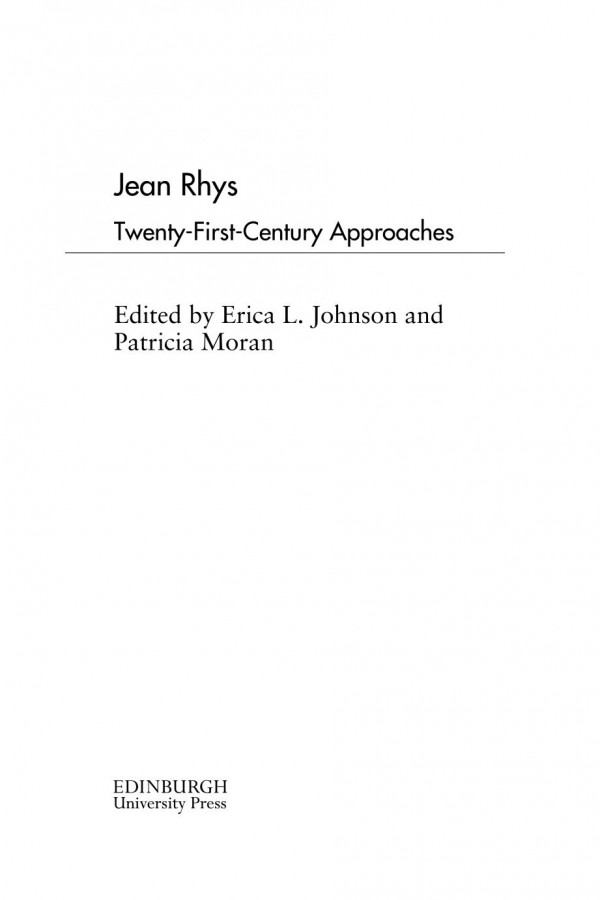

Most ebook files are in PDF format, so you can easily read them using various software such as Foxit Reader or directly on the Google Chrome browser.
Some ebook files are released by publishers in other formats such as .awz, .mobi, .epub, .fb2, etc. You may need to install specific software to read these formats on mobile/PC, such as Calibre.
Please read the tutorial at this link: https://ebookbell.com/faq
We offer FREE conversion to the popular formats you request; however, this may take some time. Therefore, right after payment, please email us, and we will try to provide the service as quickly as possible.
For some exceptional file formats or broken links (if any), please refrain from opening any disputes. Instead, email us first, and we will try to assist within a maximum of 6 hours.
EbookBell Team

4.8
44 reviewsJean Rhys (1890-1979) is the author of five novels and over seventy short stories. She has played a major figure in debates attempting to establish the parameters of postcolonial and particularly Caribbean studies, and although she has long been seen as a modernist writer, she has also been marginalized as one who is not quite in, yet not quite out, either. The 10 newly commissioned essays and introduction collected in this volume demonstrate Jean Rhys’s centrality to modernism and to postcolonial literature alike by addressing her stories and novels from the 1920s and 1930s, including Voyage in the Dark, Quartet, After Leaving Mr. Mackenzie, and Good Morning, Midnight, as well as her later bestseller, Wide Sargasso Sea (1966). The volume establishes Rhys as a major author with relevance to a number of different critical discourses, and includes a path-breaking section on affect theory that shows how contemporary interest in Rhys correlates with the recent 'affective turn' in the social sciences and humanities. As this collection shows, strangely haunting and deeply unsettling, Rhys’s portraits of dispossessed women living in the early and late twentieth-century continue to trouble easy conceptualisations and critical categories.
Key Features: